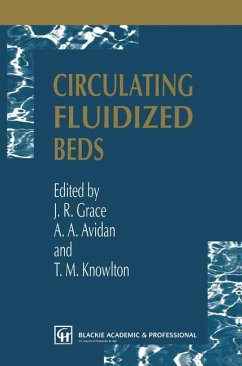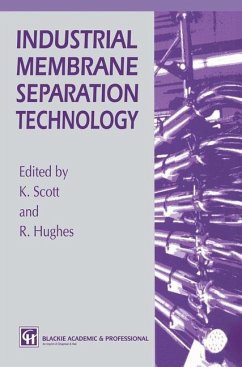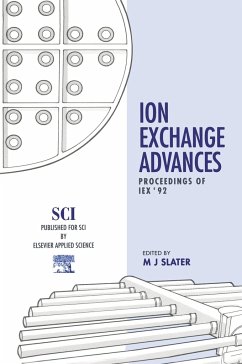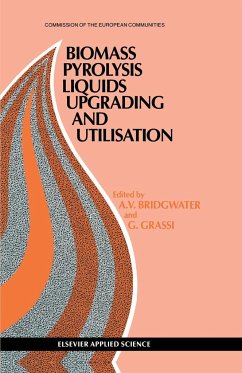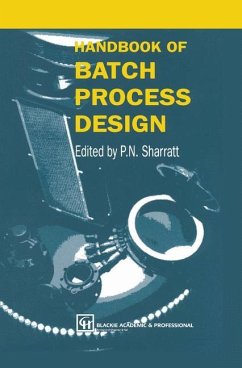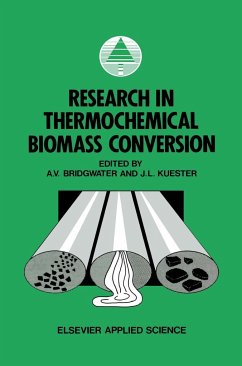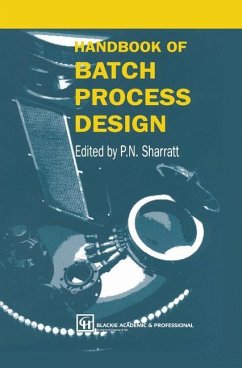Nicht lieferbar
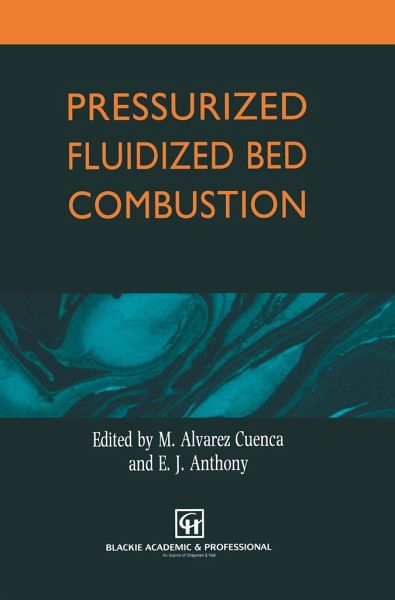
Pressurized Fluidized Bed Combustion
Versandkostenfrei!
Nicht lieferbar
Weitere Ausgaben:
Pressurized fluidized bed combustion (PFBC) is one of the newest of the coal-based generation technologies available commercially. This authoritative volume contains an excellent balance of the theoretical and practical aspects of PFBC technology, including economics, the fundamental theory of plant design and sorbent characterization, using the results obtained from a wide range of pilot-scale and full-scale demonstration units






